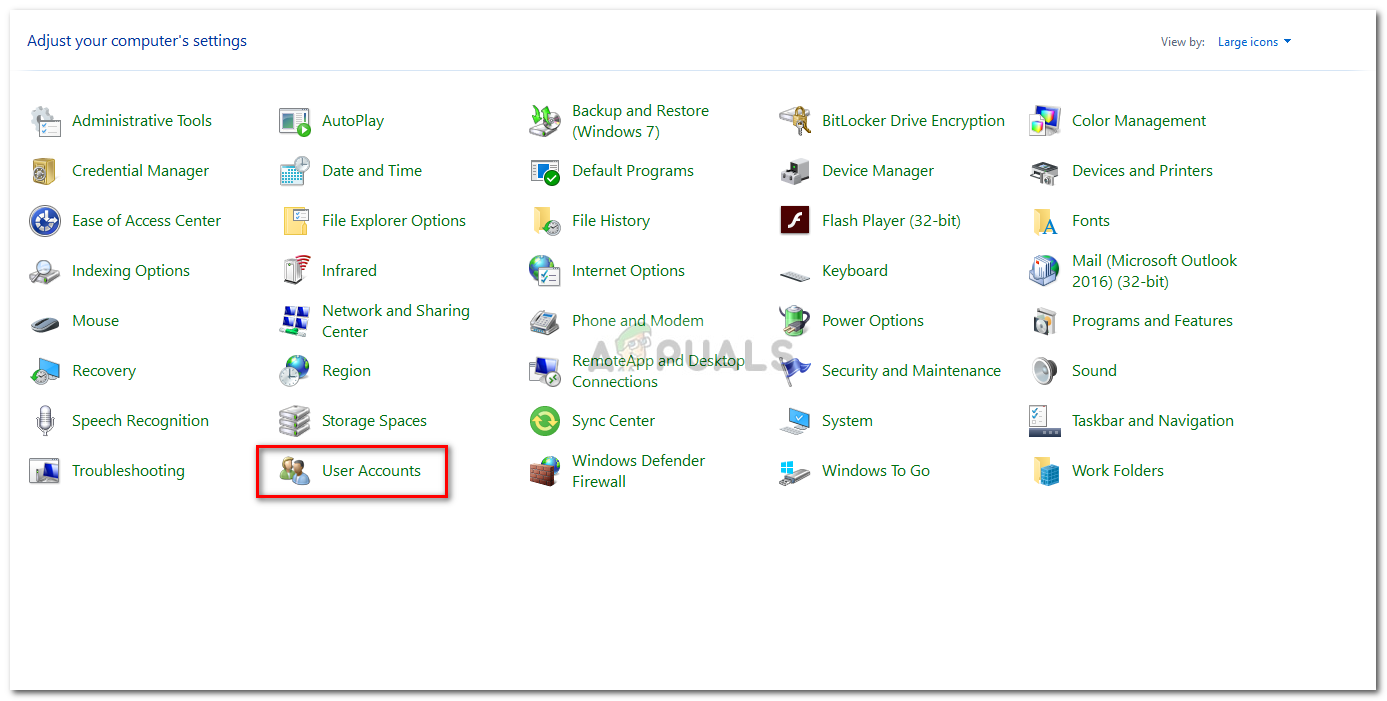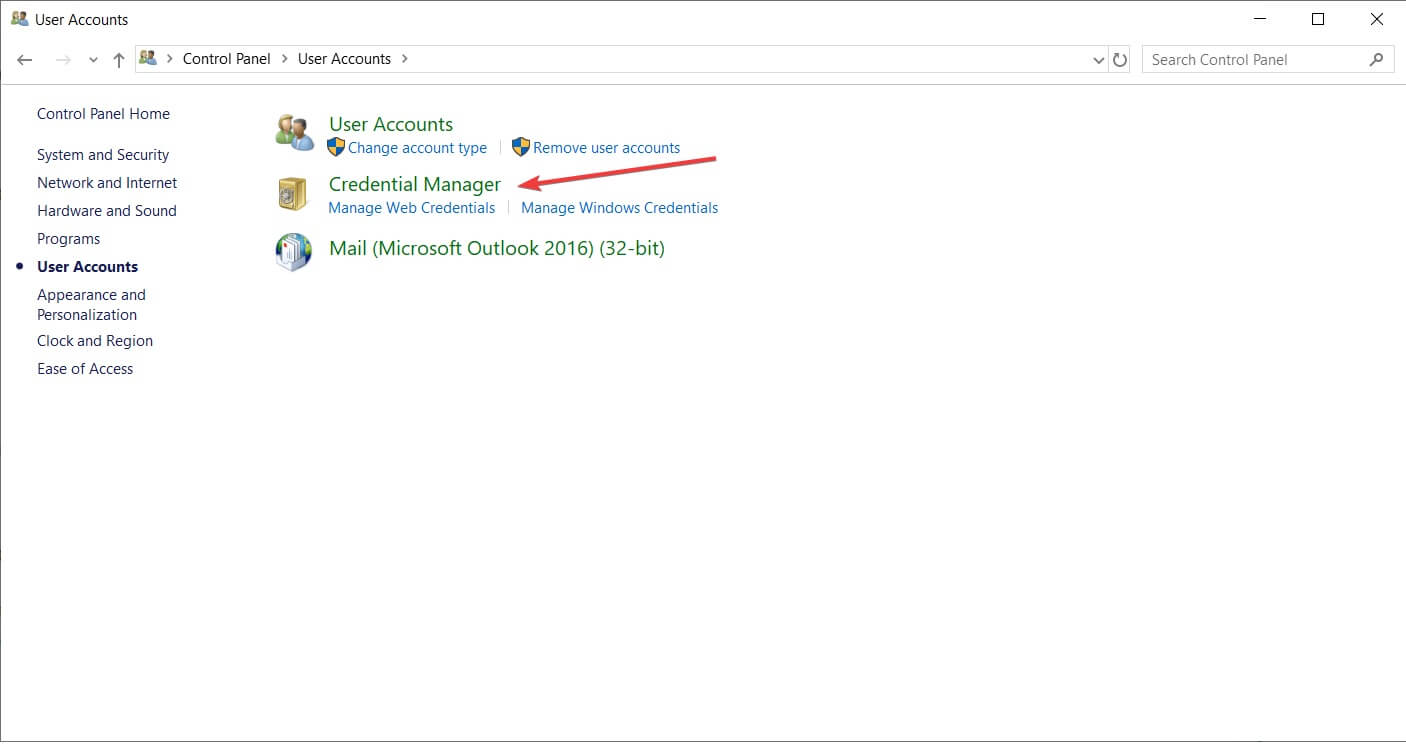
In Microsoft's Git Credential Manager this is a known issue that may be fixed as soon as early 2019 (so don't hold your breath). Or put this in a batch file for your colleagues: cmdkey /delete:git. You may have a hard time finding it in your localized Windows version, but luckily you can start it from the good old Windows + R run dialog with control keymgr.dll or control /name Microsoft.CredentialManager (or rundll32.exe keymgr.dll, KRShowKeyMgr if you prefer the classic look). The instant solution is to delete or fix your Git entries in the Windows Credential Manager. If your Windows gets hacked, your login credentials will be compromised.FWIW, I stumbled over this very same problem (and my boss too, so it got more intense). Windows is already an easy target for hackers.It lacks built-in data encryption to make your data unreadable to third parties.Passwords are stored in clear text in the Credentials Manager file format, so if a hacker has found his/her way into your computer, the clear text passwords are out in the open.

However, there are a few drawbacks with this password manager that need to be addressed, including:

Windows Credential Manager is a built-in password manager native to Windows 7 and later. Read to the end to learn about our best alternative to Windows Credential Manager, which manages all your sensitive data reliably and conveniently. This Windows feature (Windows Credential Manager) comes with both pros and cons. Windows has a digital library for storing your usernames and passwords, including data for websites, apps, browser extensions, and networks.


 0 kommentar(er)
0 kommentar(er)
